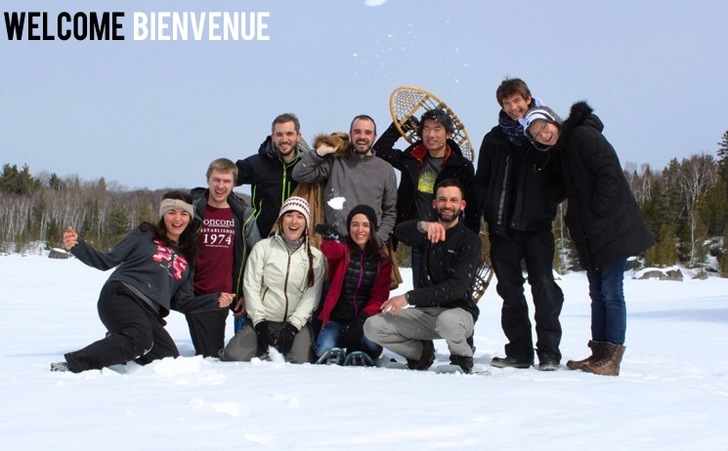microbial eco-evolutionary genomics
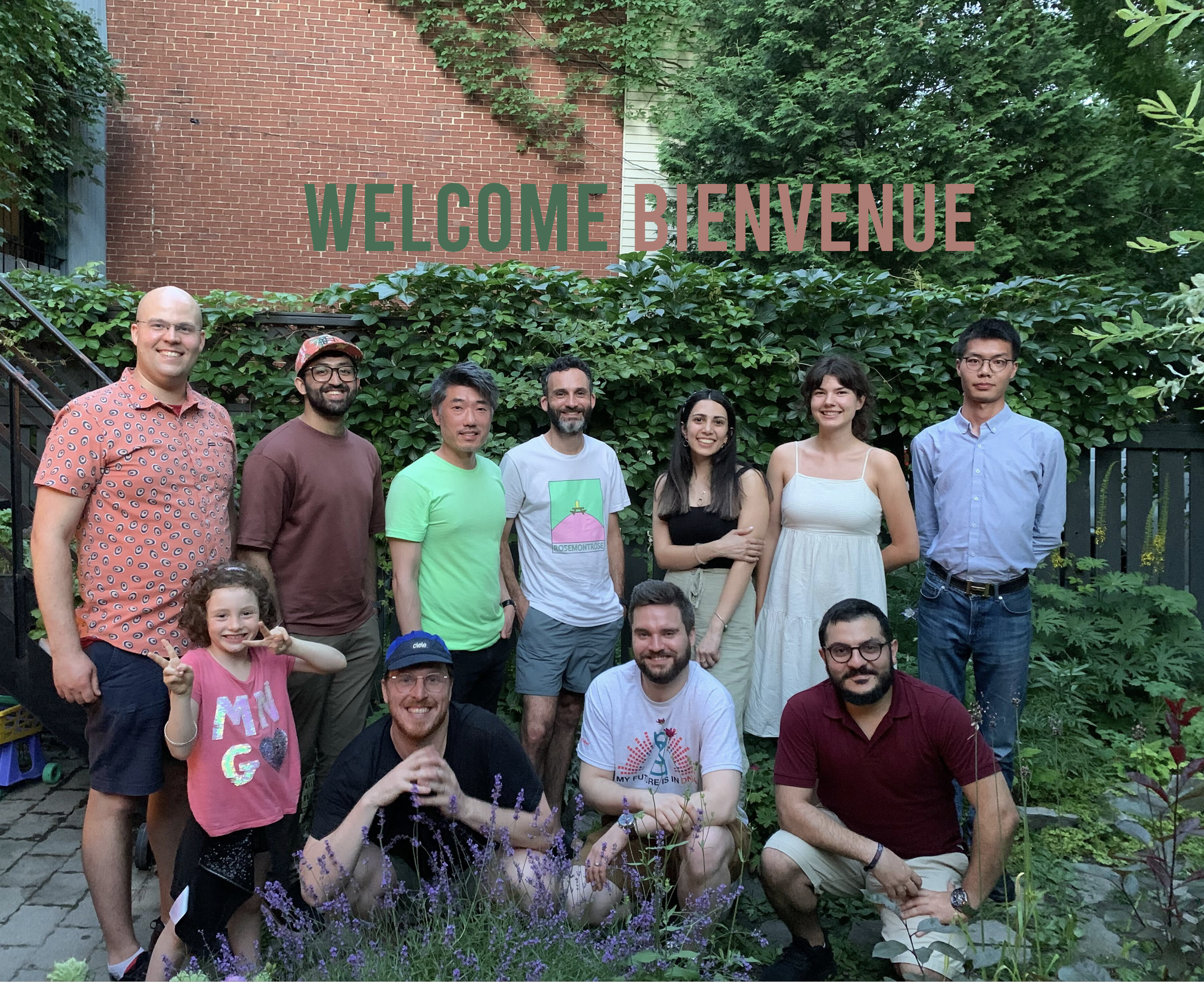
News - Summer 2025
- Aline’s paper “Phage predation is a biomarker for disease severity and shapes pathogen genetic diversity in cholera patients” is out in Nature Comms. Read Aline’s blog post or a Bluesky thread here.
- Former postdocs Gavin Douglas and Nicolas Tromas have started their own labs, respectively at UNB and INRAE. Check out their latest preprint Co-occurrence drives horizontal gene transfer among marine prokaryotes.
- Akhil’s first preprint Nutrient Enrichment and Connectivity Jointly Shape Bacterioplankton Diversity is now out, in collaboration with the LEAP team!
The lab is located at the McGill Genome Centre - Stop by and say hi! We have coffee.
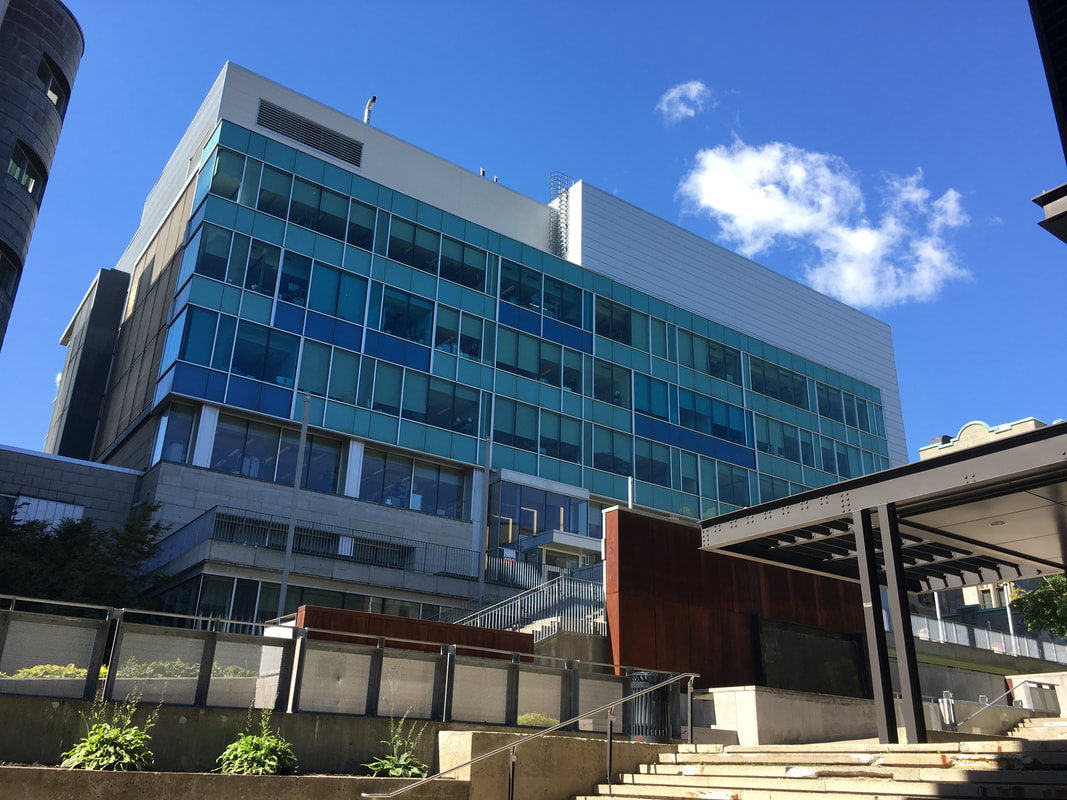
or you might also find us having a bbq or picnic.
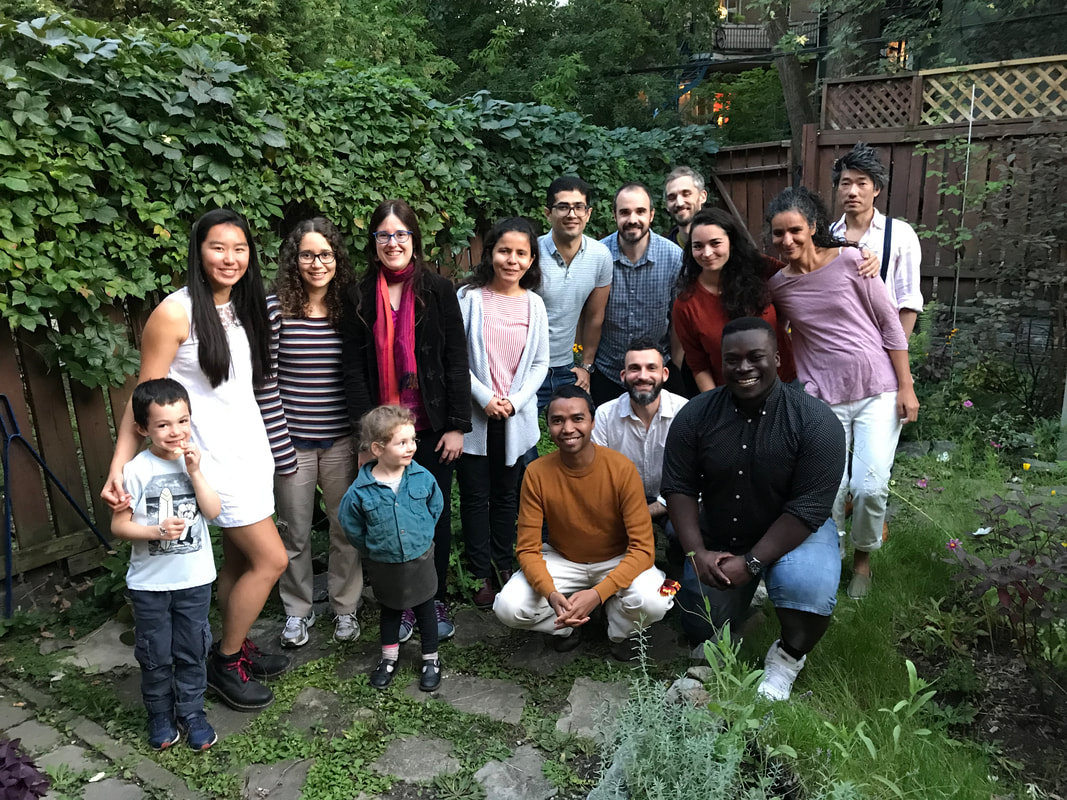

rain or shine…
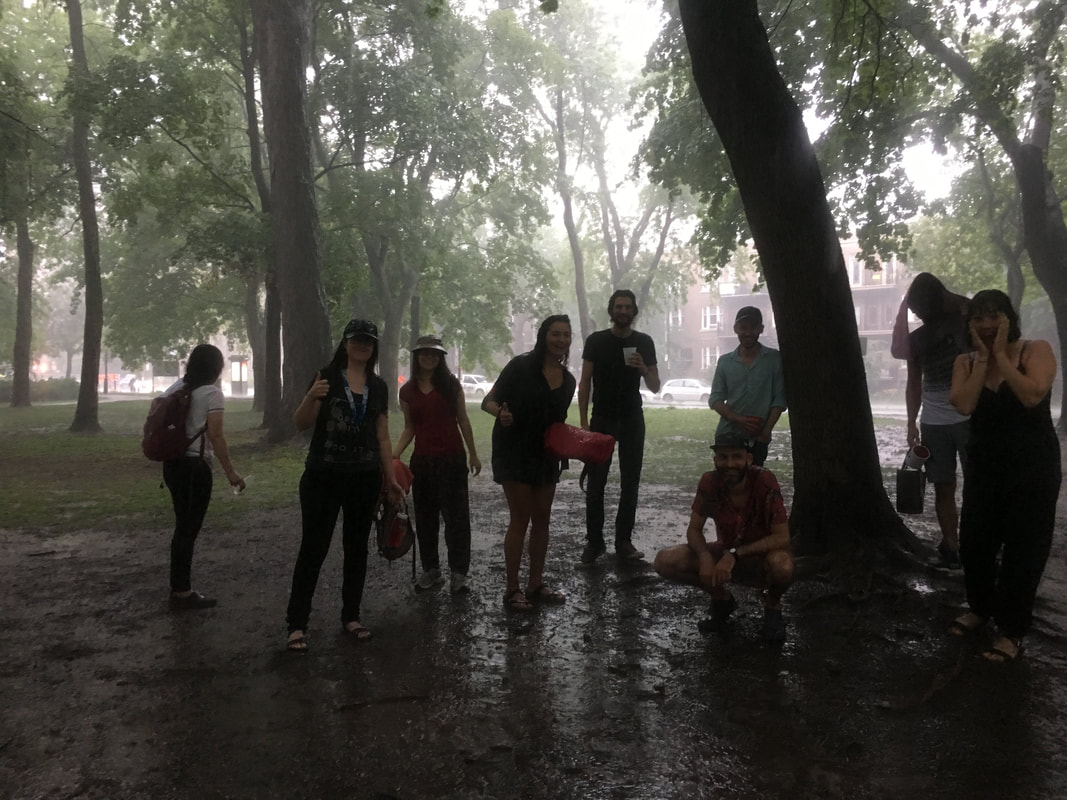 the lab circa 2014:
the lab circa 2014:
